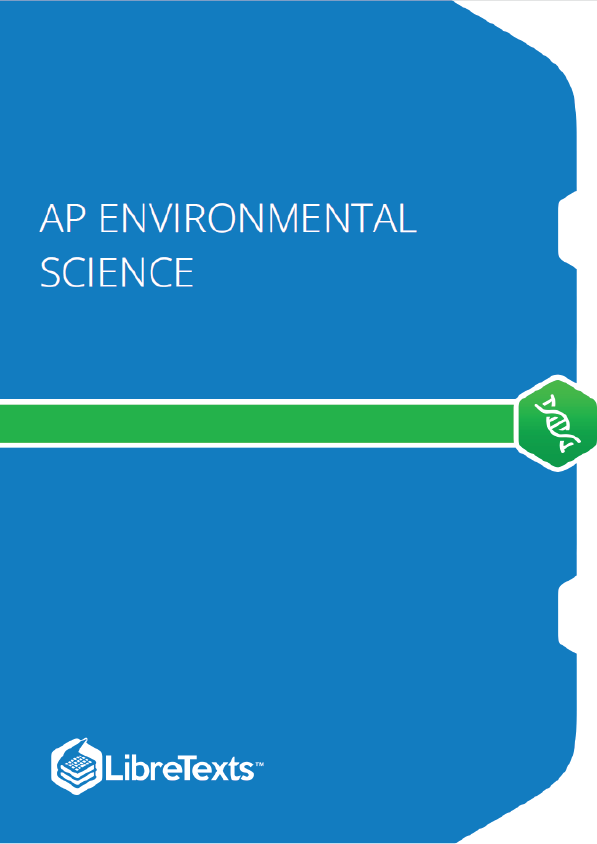INTRODUCTION
Energy is the ability to do work. Work is done when a force is applied to an object over a distance. Any moving object has kinetic energy or energy of motion, and it thus can do work. Similarly, work has to be done on an object to change its kinetic energy. The kinetic energy of an object of mass and speed is given by the relation
Sometimes energy can be stored and used at a later time. For example, a compressed spring and water held back by a dam both have the potential to do work. They are said to possess potential energy. When the spring or water is released its potential energy is transformed into kinetic energy and other forms of energy such as heat. The energy associated to the gravitational force near the surface of the earth is potential energy. Other forms of energy are really combinations of kinetic and potential energy. Chemical energy, for example, is the electrical potential energy stored in atoms. Heat energy is a combination of the potential and kinetic energy of the particles in a substance.
FORMS OF ENERGY
Mechanical energy puts something in motion. It moves cars and lifts elevators. A machine uses mechanical energy to do work. The mechanical energy of a system is the sum of its kinetic and potential energy. Levers, which need a fulcrum to operate, are the simplest type of machine. Wheels, pulleys and inclined planes are the basic elements of most machines.
Chemical energy is the energy stored in molecules and chemical compounds, and is found in food, wood, coal, petroleum and other fuels. When the chemical bonds are broken, either by combustion or other chemical reactions, the stored chemical energy is released in the form of heat or light. For example, muscle cells contain glycogen. When the muscle does work the glycogen is broken down into glucose. When the chemical energy in the glucose is transferred to the muscle fibers some of the energy goes into the surroundings as heat.
Electrical energy is produced when unbalanced forces between electrons and protons in atoms create moving electrons called electric currents. For example, when we spin a copper wire through the poles of a magnet we induce the motion of electrons in the wire and produce electricity. Electricity can be used to perform work such as lighting a bulb, heating a cooking element on a stove or powering a motor. Note that electricity is a “secondary” source of energy. That means other sources of energy are needed to produce electricity.
Radiant energy is carried by waves. Changes in the internal energy of particles cause the atoms to emit energy in the form of electromagnetic radiation which includes visible light, ultraviolet (UV) radiation, infrared (IR) radiation, microwaves, radio waves, gamma rays, and X-rays. Electromagnetic radiation from the sun, particularly light, is of utmost importance in environmental systems because biogeochemical cycles and virtually all other processes on earth are driven by them.
Thermal energy or Heat energy is related to the motion or vibration of molecules in a substance. When a thermal system changes, heat flows in or out of the system. Heat energy flows from hot bodies to cold ones. Heat flow, like work, is an energy transfer. When heat flows into a substance it may increase the kinetic energy of the particles and thus elevate its temperature. Heat flow may also change the arrangement of the particles making up a substance by increasing their potential energy. This is what happens to water when it reaches a temperature of 100ºC. The molecules of water move further away from each other, thereby changing the state of the water from a liquid to a gas. During the phase transition the temperature of the water does not change.
Nuclear Energy is energy that comes from the binding of the protons and neutrons that make up the nucleus of the atoms. It can be released from atoms in two different ways: nuclear fusion or nuclear fission. In nuclear fusion, energy is released when atoms are combined or fused together. This is how the sun produces energy. In nuclear fission, energy is released when atoms are split apart. Nuclear fission is used in nuclear power plants to produce electricity. Uranium 235 is the fuel used in most nuclear power plants because it undergoes a chain reaction extremely rapidly, resulting in the fission of trillions of atoms within a fraction of a second.











